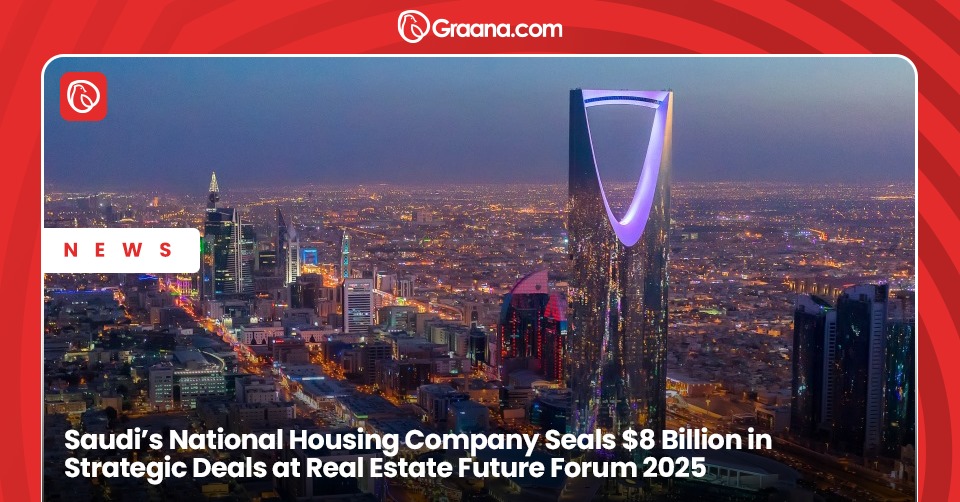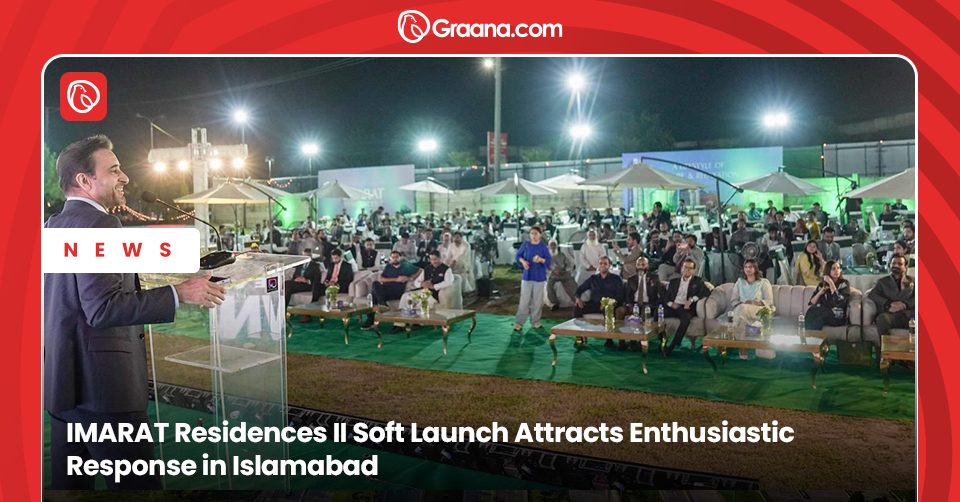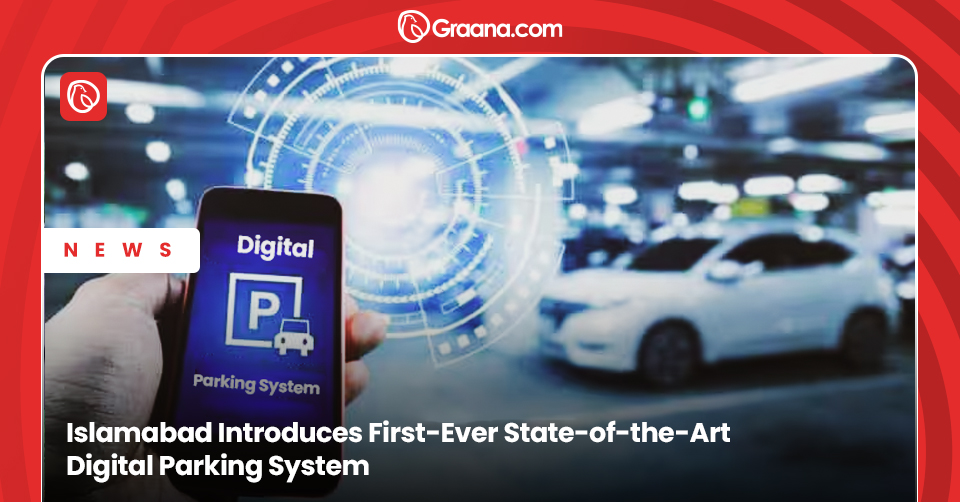Our patterns of interaction have a great influence on the ways we design and manage our spaces. In the race of development, and to catch up with the rapid progress of the world, cities across the globe are becoming dysfunctional as they have put the important aspects of human needs and leisure aside. The problems can be doubled, if there isn’t an extensive policy that can bring various stakeholders under a single roof for making cities more interactive and productive. Cities that correlate and interact with the psyches of individuals tend to be more functional and vibrant.
Graana.com through this blog highlights an important issue that has social implications: ‘Why Cities are Becoming Dysfunctional’. Our urban centres should be spaces of productivity rather being spaces of despair – spaces that are safe and soothing to human cognition.
Explaining Dysfunctional
Explaining ‘Dysfunctional’ can be dissected by giving an example of our very own city, Islamabad. Why do people consider cycling, walking, and spending time in the Sectors of Islamabad? The reason lies in the functionality of these sectors since they have been developed with proper planning and easily correlate to the cognition of residents of Islamabad. Although the criticism on the planning of these sectors is justified (horizontal development in contrast to vertical development), this aspect also signals to dysfunctionality. Being closer to nature is an aspect that makes the city functional for the residents of Islamabad.
The functionality of the city depends upon various factors of urban and real estate development. This includes the presence of urban spaces, urban designs and the mobility of people.
Absence of Urban Policy
The foremost aspect that makes cities difficult lies in the absence of a comprehensive urban policy. Unfortunately, Pakistan does not have a comprehensive urban policy to bring the stakeholders under one umbrella. Therefore, the results which we try to harness from the cities are either non-productive or the cities become dysfunctional. Similarly, the new challenges are not responded to time which prevents the evolution of a sustainable and long-term solution. A chain of reactions starts which can be seen in the form of traffic problems, unregulated real estate and damages caused by natural disasters. Hence, for making cities functional there is a need of developing a comprehensive urban policy that can help to chalk out the course of development.
Excessive Use of Vehicles
This aspect pertains to the urban designs of the cities where the movement of people are marked by the excessive use of vehicles. This aspect once again raises the question that why cycling in Germany is more enjoyable than cycling elsewhere. This can be answered using a simple explanation that the state of Germany has promoted such policies and urban infrastructure where bicycles can be used for covering short distances. Hence, interaction with the surroundings of the city increases and people start owning the place. In such a manner, the productivity from the city can be taken out.
Climate Resilience
The tendencies of the city not to respond to the negative impacts of climate makes them dysfunctional. Owing the inefficient urban designs and lack of climate-resilient infrastructure puts the cities on the verge of natural disasters and other calamities. Metropolises across the globe are incorporating Sustainable Development Goals (SDGs) in their development agendas. For example, China has incorporated the concept of sponge cities in its urban designs that help to store and reuse the flood and rainwater. Similarly, the concept of vertical gardens and green buildings is also finding a new space in the development of the cities.
Lack of Inter-City Collaboration
Cities of today are marked by the urban sprawl – as a result, there are no clear distinctions between the cities. The boundaries between the cities have diminished and cities are becoming a single entity. In such instances, inter-city collaborations should be accelerated for addressing the emerging and unprecedented challenges. For building this case, we can take the example of twin cities (Islamabad and Rawalpindi), both cities observe to and fro movement of the residents from both sides which becomes a reason behind the traffic congestion. To avoid such problems, the civic authorities of both cities should collaborate to avoid expelling the problems faced by the residents.
Grab the best options for Residential Properties for Rent:




